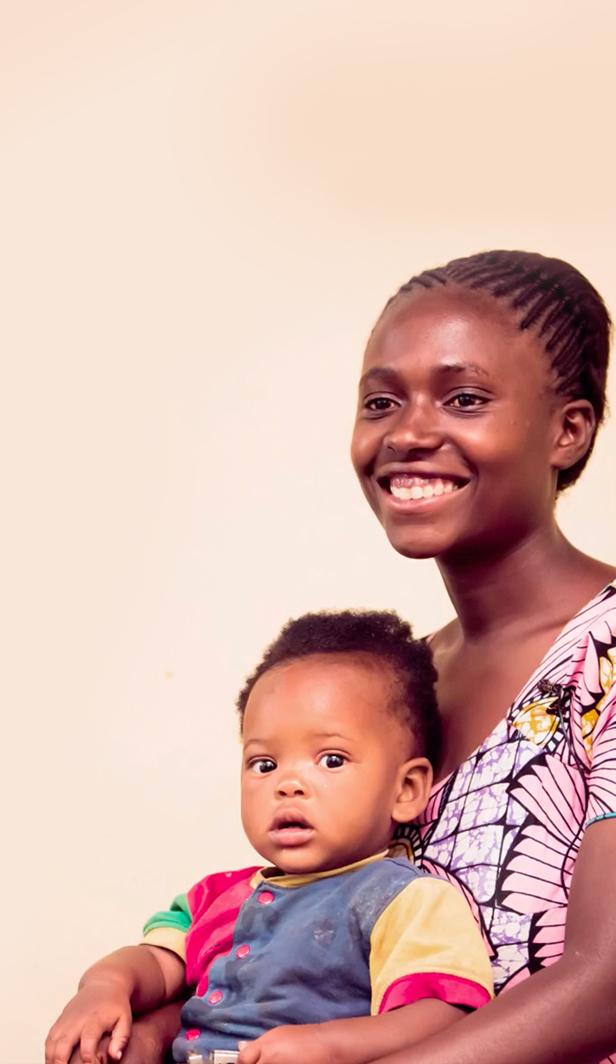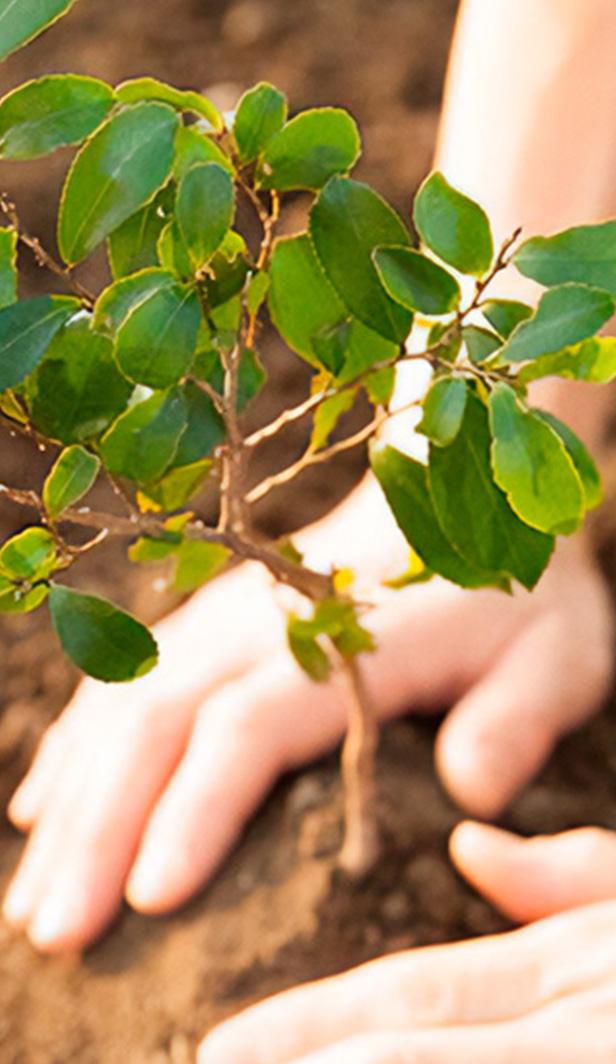Indulge yourself
In Italian, the term ‘macchiato’ translates as ‘marked’ or ‘stained’, meaning a stained or marked coffee. The macchiato is an espresso coffee drink, topped with a small amount of foamed or steamed milk to allow the taste of the espresso to still shine through.

Macchiato origins
The origin of the name ‘macchiato’ stems from baristas needing to show waiters the difference between an espresso shot and an espresso with a bit of milk in it. As the latter is ‘marked’ or ‘stained’ by the addition of milk, it was quickly given its name to tell them apart. Unlike the cappuccino that was originally created exclusively as a morning drink, the macchiato is the perfect afternoon coffee.

In Italian, ‘macchiato’ translates as ‘marked’ or ‘stained’, meaning a stained or marked coffee.

What does a macchiato taste like?
The small amount of milk used in the macchiato gives this coffee a slight sweetness. However, the combination of sweetness and creaminess of the milk isn’t enough to dilute the strength of the espresso, so some may argue that a macchiato can taste slightly bitter.

Types of macchiato
There are two main types of macchiato coffee; the espresso macchiato and the latte macchiato.
What is an espresso macchiato?
The original, made with a shot of espresso, diluted slightly by 1-2 teaspoons of steamed milk, which is the ‘stain’. The espresso macchiato has the highest ratio of espresso to milk, and the addition of milk is meant to be complementary, so the espresso can still be very much tasted.
What is a latte macchiato?
A a sweeter, layered espresso beverage. It is made by adding a shot or half a shot of espresso to steamed milk, topped with a milk foam layer. Unlike an espresso macchiato, which is served in a short glass, a latte macchiato is served in a tall glass. If this coffee tempts you, why not give our iced caramel latte macchiato recipe a try?

What is the difference between a macchiato and a latte?
The difference between a macchiato and a latte depends on what type of macchiato you choose. A macchiato, often referred to as an espresso macchiato, differs to a latte by not having any milk foam. A latte macchiato differs from a latte by being made in reverse. In a latte, the espresso is added first, followed by steamed milk and a final layer of frothed milk.

Today’s community favourites




